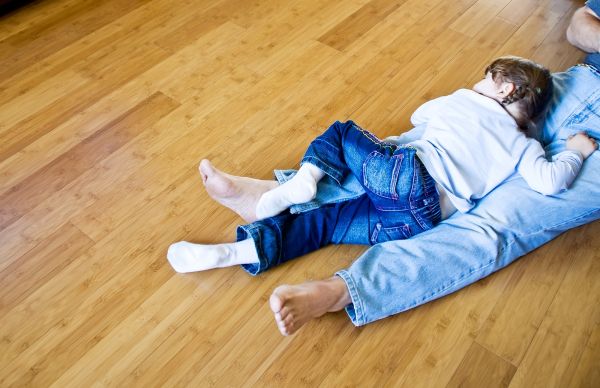Along with the rest of your home, it’s time for your bedding to get a green makeover too. Bedding manufacturers noticed the increase in demand for eco friendly bedding, and started sourcing organic, green material for their products, such as beech and bamboo for sheets, natural foam from rubber trees instead of petroleum and synthetic based foam for mattresses, and so on. Natural fibers have the advantage of being soft and hypoallergenic than synthetic fibers. If you are interested in changing your bedding to eco friendly alternatives, this guide might help you do that:
How to choose the right fiber for your sheets
 The cotton sheets which you may have been using, are made from cotton farmed by conventional farming methods are actually bad news for the environment. Cotton which is farmed using pesticides is responsible for more than 10% of the total pesticide use globally. The pesticides do not affect the cotton manufactured from this raw cotton, but the toll on water and soil is heavy.
The cotton sheets which you may have been using, are made from cotton farmed by conventional farming methods are actually bad news for the environment. Cotton which is farmed using pesticides is responsible for more than 10% of the total pesticide use globally. The pesticides do not affect the cotton manufactured from this raw cotton, but the toll on water and soil is heavy.
But now, you can choose organically farmed cotton, without using any pesticides, and using natural pest control methods. Fibers such as hemp, bamboo, wood pulp (also known as Tencel, Lyocell and Legna) are grown sustainably, without the use of herbicides and pesticides. You can choose bed sheets made from these fibers instead of conventional cotton sheets.
Though most of these fibers are superior or equal to cotton in terms of warmth, luster and texture, some are not as durable when they are washed with conventional detergents, dried and ironed. So be sure to find out the details of the material before buying.
Why choose organic silk and wool pillows or sheets
 Silk and wool have been used for centuries as the favorite material to sleep by many. But in the conventional method of producing silk, the larvae have to be killed in order to harvest the cocoon from which silk is made. Organic or wild silk is made from cocoons which are harvested after the moth leaves it. This makes organic/wild silk a humane product, which is also one of the prerogatives of organic products.
Silk and wool have been used for centuries as the favorite material to sleep by many. But in the conventional method of producing silk, the larvae have to be killed in order to harvest the cocoon from which silk is made. Organic or wild silk is made from cocoons which are harvested after the moth leaves it. This makes organic/wild silk a humane product, which is also one of the prerogatives of organic products.
Similarly, wool which is obtained from sheep which are free-range, and sheared using humane shearing methods is called organic.
Before buying any organic sheets or pillows etc, check for certification, such as USDA for the US.
Try Buckwheat Pillows
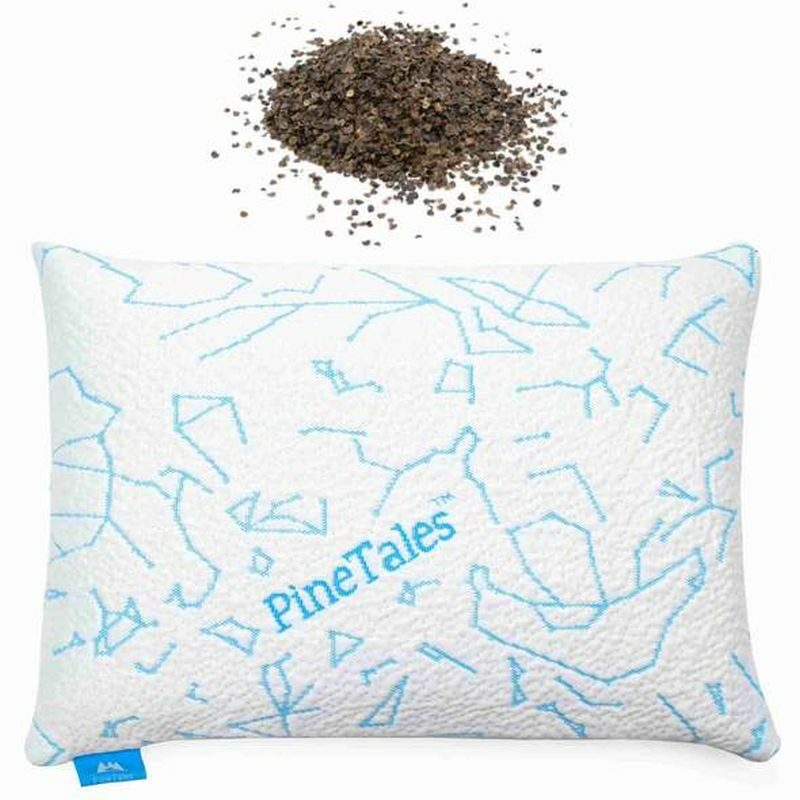 One type of organic pillow is buckwheat sobakawa pillows that originate in Japan. Buckwheat is a fruit and not wheat. It’s the closest relative of rhubarb, likened to a sunflower seed. Buckwheat has a hull or a hard outer shell that protects it. The Japanese buckwheat pillows are made of thoroughly cleansed fresh buckwheat.
One type of organic pillow is buckwheat sobakawa pillows that originate in Japan. Buckwheat is a fruit and not wheat. It’s the closest relative of rhubarb, likened to a sunflower seed. Buckwheat has a hull or a hard outer shell that protects it. The Japanese buckwheat pillows are made of thoroughly cleansed fresh buckwheat.
Buckwheat pillows usually have cotton covers, which are perfect for people who want to use natural products. This type of pillow is filled with hulls, cultivated and harvested organically. Farmers did not use chemical fertilizers or pesticides.
The following are the benefits of using buckwheat pillows:
- Buckwheat pillows have superior support and adjustability that can help relieve neck pain.
- Heat retention is minimal in buckwheat pillows and it doesn’t attract bugs and mites.
- This pillow helps you to relax tired muscles and body pain for better sleep.
- It helps energize the body after a restful sleep. It is suitable for people who have allergies.
DIY pillows and comforters
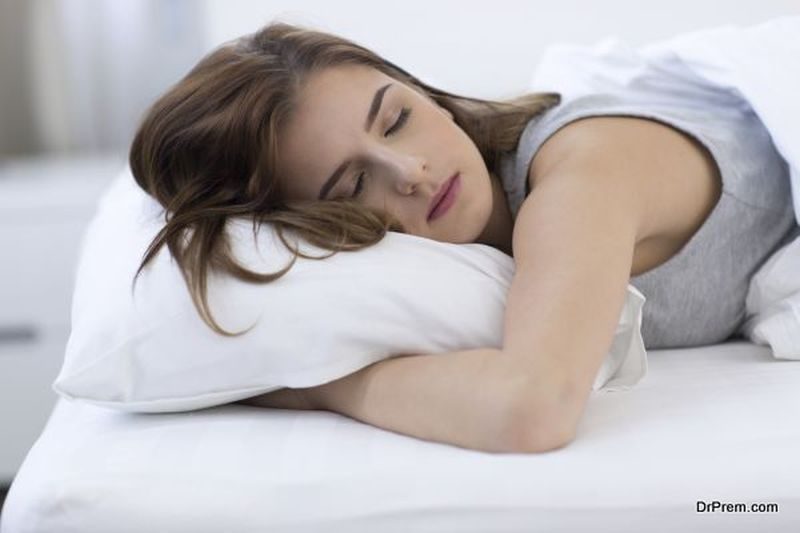 A pillow has to be just right to help you fall asleep. You can make the perfect eco friendly pillow for yourself and your family, by using buckwheat hulls as filling. Wool batting is also another alternative filling you can use. Pillows are simple enough to sew, and any imperfections will be hidden by the pillowcase! You can add fragrances like chamomile and lavender in your pillow to induce rest and sleep.
A pillow has to be just right to help you fall asleep. You can make the perfect eco friendly pillow for yourself and your family, by using buckwheat hulls as filling. Wool batting is also another alternative filling you can use. Pillows are simple enough to sew, and any imperfections will be hidden by the pillowcase! You can add fragrances like chamomile and lavender in your pillow to induce rest and sleep.
Using organic cloth/fiber, such as flax or cotton, you can make your own comforter, and fill it with cotton or wool to make it eco friendly. Sew the three sides first then fill it with the filling. Baffling will keep the filling of the comforter in place.
Mattresses
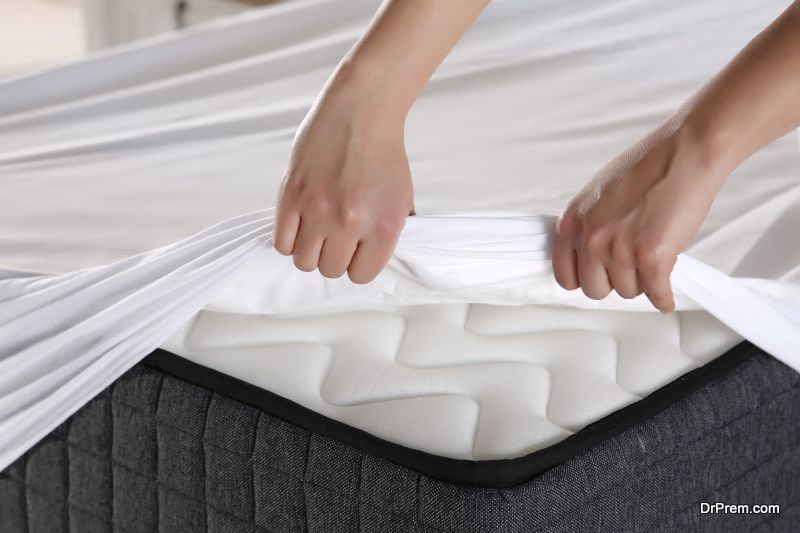 Mattresses made from natural rubber and other organic materials like organic cotton for filling as well as the cover are just as comfortable as your old mattress and eco friendly as well.
Mattresses made from natural rubber and other organic materials like organic cotton for filling as well as the cover are just as comfortable as your old mattress and eco friendly as well.
Check the following tips when shopping for an organic mattress:
- Check The Material: Organic mattresses usually contain wool, latex, cotton, or a combination of these materials. Make sure to check any mislabeling, such as undisclosed flame retardants. Verify this information with the manufacturer or salesperson before making a final buying decision.
- Organic Certifications: Many mattresses are labeled by using terms, such as ‘eco-friendly’ and ‘natural.’ However, such labels don’t mean that you’re already buying an organic mattress made of natural materials. An organic mattress must meet the USDA guideline, which is 95% organic to be labeled as such. Organic certified mattresses are third-party certified. Some examples include Global Organic Textile Standard (GOTS), Global Organic Latex Standard (GOLS), and GREENGUARD.
- Safe: Organic mattress certification indicates that a mattress is low in volatile organic compounds or VOCs, formaldehyde, phthalates, and other harmful substances. This type of mattress is safe for children and seniors.
Make colorful shams
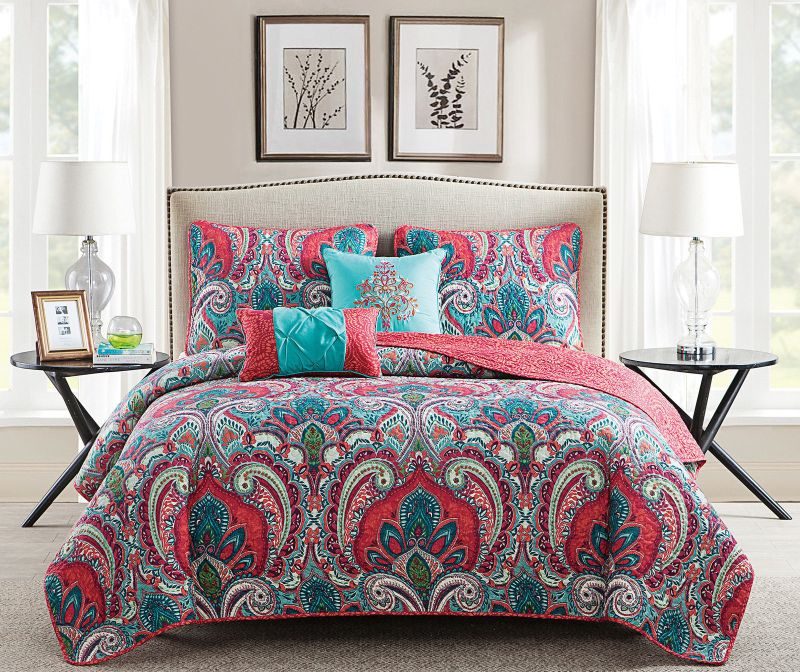 An eco friendly bedroom need not be drab and boring. You get bright and colorful organic materials you can use to sew a brand new sham, or make one using old tees, sweater, dresses etc to give a designer look to your bedroom.
An eco friendly bedroom need not be drab and boring. You get bright and colorful organic materials you can use to sew a brand new sham, or make one using old tees, sweater, dresses etc to give a designer look to your bedroom.
Headboard
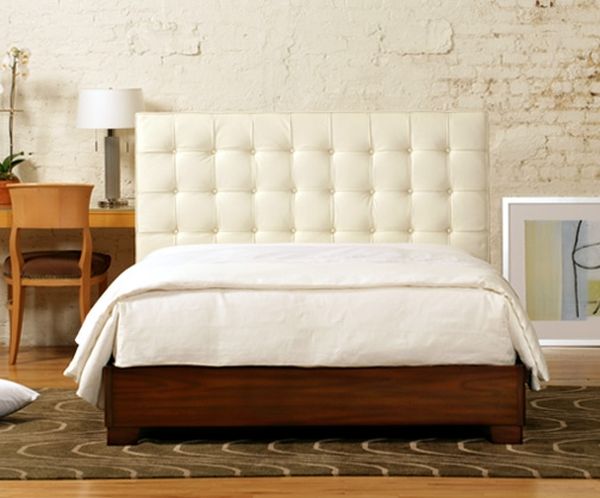
The headboard plays an important part in the design of your bedroom. Vintage or repurposed headboards look great, and reusing an old headboard means you don’t contribute to the production of more products using up more raw material. And getting it painted in lead free colors will make your headboard a beautiful green addition to your home.
Choosing organic bedding and mattresses will help the environment and your effort to reduce your carbon footprint. Apart from organic growing methods, while buying eco friendly cloth for your bedding, try to buy only those fibers from companies which have a fair trade policy in place too.




